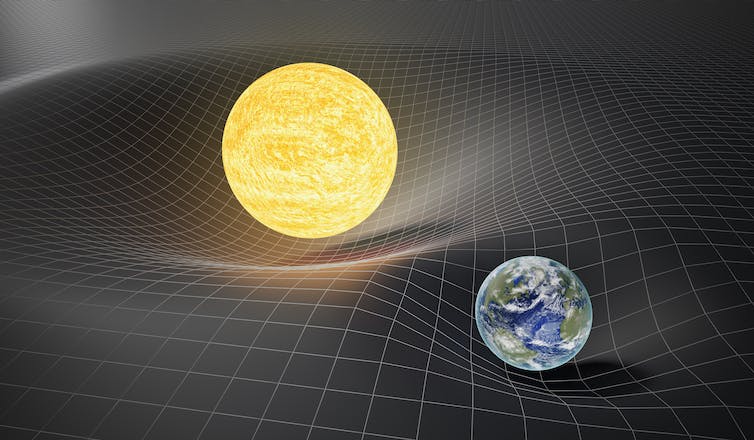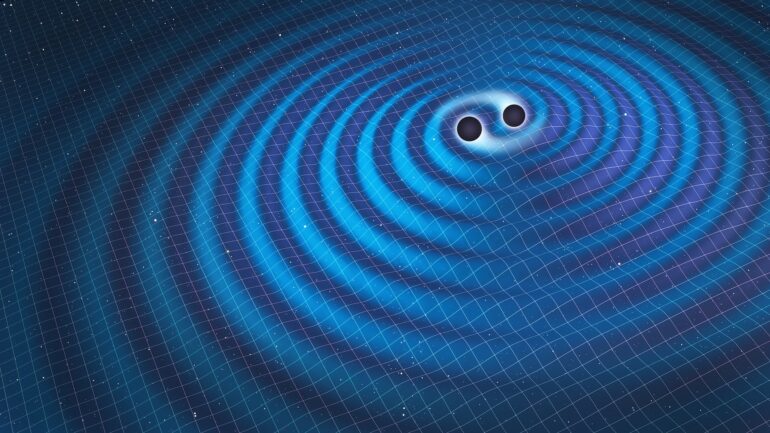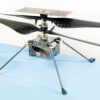After a three-year hiatus, scientists in the U.S. have just turned on detectors capable of measuring gravitational waves – tiny ripples in space itself that travel through the universe.
Unlike light waves, gravitational waves are nearly unimpeded by the galaxies, stars, gas and dust that fill the universe. This means that by measuring gravitational waves, astrophysicists like me can peek directly into the heart of some of these most spectacular phenomena in the universe.
Since 2020, the Laser Interferometric Gravitational-Wave Observatory – commonly known as LIGO – has been sitting dormant while it underwent some exciting upgrades. These improvements will significantly boost the sensitivity of LIGO and should allow the facility to observe more-distant objects that produce smaller ripples in spacetime.
By detecting more events that create gravitational waves, there will be more opportunities for astronomers to also observe the light produced by those same events. Seeing an event through multiple channels of information, an approach called multi-messenger astronomy, provides astronomers rare and coveted opportunities to learn about physics far beyond the realm of any laboratory testing.

According to Einstein’s theory of general relativity, massive objects warp space around them.
vchal/iStock via Getty Images
Ripples in spacetime
According to Einstein’s theory of general relativity, mass and energy warp the shape of space and time. The bending of spacetime determines how objects move in relation to one another – what people experience as gravity.
Gravitational waves are created when massive objects like black holes or neutron stars merge with one another, producing sudden, large changes in space. The process of space warping and flexing sends ripples across the universe like a wave across a still pond. These waves travel out in all directions from a disturbance, minutely bending space as they do so and ever so slightly changing the distance between objects in their way.
When two massive objects – like a black hole or a neutron star – get close together, they rapidly spin around each other and produce gravitational waves. The sound in this NASA visualization represents the frequency of the gravitational waves.
Even though the astronomical events that produce gravitational waves involve some of the most massive objects in the universe, the stretching and contracting of space is infinitesimally small. A strong gravitational wave passing through the Milky Way may only change the diameter of the entire galaxy by three feet (one meter).
The first gravitational wave observations
Though first predicted by Einstein in 1916, scientists of that era had little hope of measuring the tiny changes in distance postulated by the theory of gravitational waves.
Around the year 2000, scientists at Caltech, the Massachusetts…



